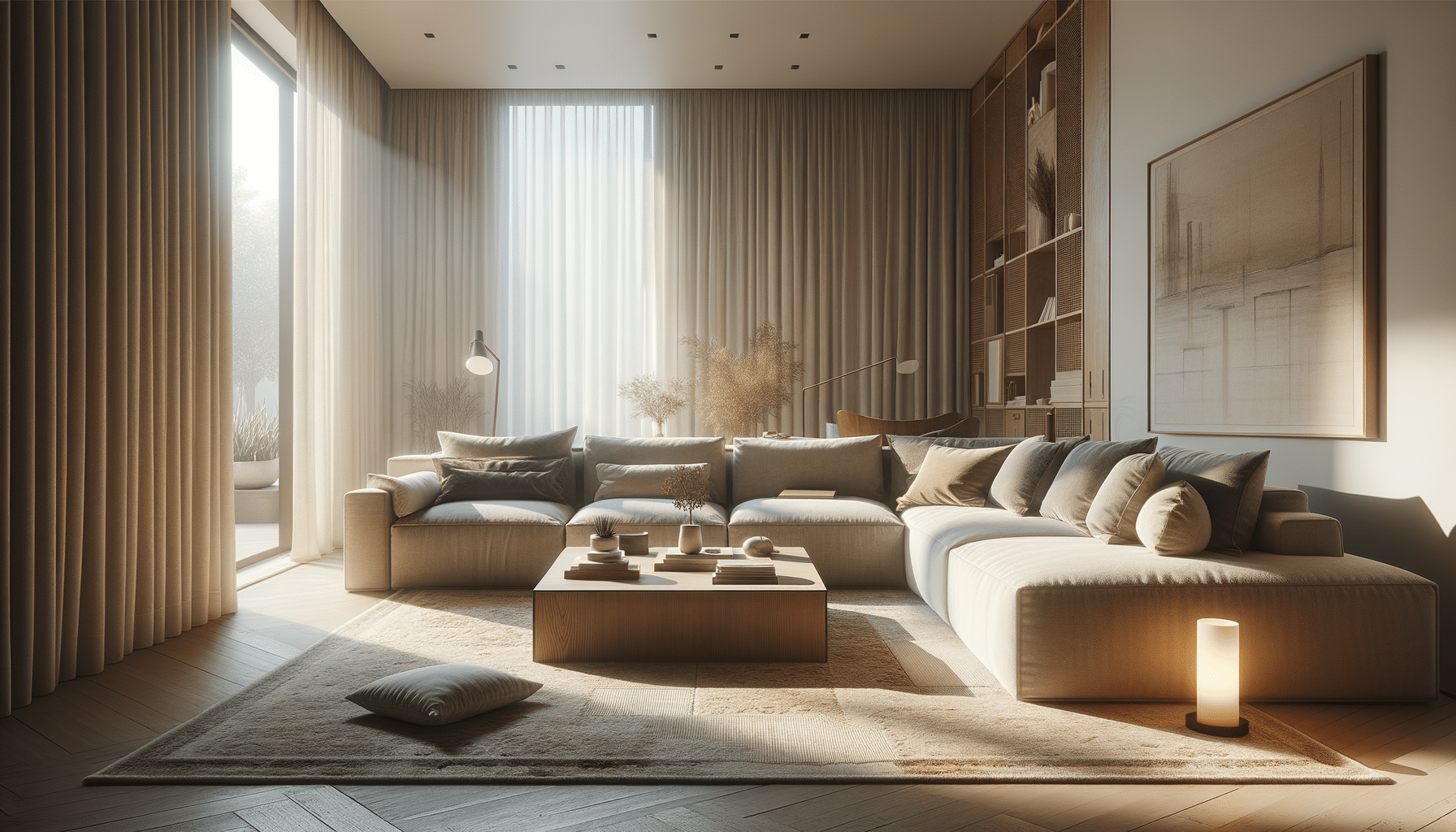
Understanding Sound Absorbing Panels: Enhancing Acoustics in Your Space
Introduction to Sound Absorbing Panels
Sound absorbing panels are a crucial element in managing acoustics within a variety of spaces, from recording studios to open-plan offices. These panels are designed to reduce noise and control sound reflections, which can significantly enhance the auditory experience. Whether you are a music enthusiast, a professional audio engineer, or simply someone looking to improve the comfort of your home or workplace, understanding how these panels work can offer valuable insights into creating an acoustically pleasant environment.
In recent years, the demand for better sound management has increased as more people seek to create optimal listening environments. Sound absorbing panels are not just for professionals; they are becoming a staple in home theaters, conference rooms, and even residential living spaces. This article delves into the science behind these panels, their benefits, and how to choose the right type for your needs.
How Sound Absorbing Panels Work
At the core of sound absorbing panels is their ability to convert sound energy into heat, a process known as sound absorption. These panels are typically made from porous materials that trap sound waves, preventing them from bouncing back into the room. This is particularly beneficial in environments where clarity of sound is paramount, such as in recording studios or home theaters.
The effectiveness of a sound absorbing panel is determined by its Noise Reduction Coefficient (NRC), a measure of how much sound the panel can absorb. A higher NRC indicates better sound absorption capabilities. For example, a panel with an NRC of 0.8 absorbs 80% of sound waves that hit it, reflecting only 20% back into the space. This makes them ideal for reducing echo and improving sound clarity.
- Porous materials: Commonly used materials include fiberglass, foam, and mineral wool.
- Panel thickness: Thicker panels generally offer better absorption at lower frequencies.
- Surface texture: Textured surfaces can enhance absorption by increasing the surface area.
Benefits of Using Sound Absorbing Panels
Sound absorbing panels offer numerous benefits that extend beyond merely improving sound quality. They play a vital role in enhancing the overall comfort and functionality of a space. Here are some of the key advantages:
- Noise Reduction: By minimizing sound reflections, these panels help reduce overall noise levels, creating a quieter environment.
- Improved Speech Clarity: In spaces like conference rooms and classrooms, better acoustics ensure that speech is heard clearly, enhancing communication.
- Enhanced Privacy: Sound absorbing panels can prevent conversations from being overheard in adjacent rooms, making them ideal for offices and healthcare facilities.
- Increased Comfort: By reducing unwanted noise, these panels contribute to a more comfortable and less stressful environment.
- Aesthetic Appeal: Available in various colors and designs, sound absorbing panels can also enhance the visual appeal of a space.
By understanding these benefits, individuals and businesses can make informed decisions about integrating sound absorbing panels into their spaces.
Choosing the Right Sound Absorbing Panels
Selecting the appropriate sound absorbing panels involves considering several factors to ensure the panels meet your specific needs. Here are some key considerations:
- Room Size and Shape: Larger rooms may require more panels or panels with higher NRC ratings to achieve desired acoustics.
- Purpose of the Room: The intended use of the room, such as music recording or office work, will influence the type of panels needed.
- Frequency Range: Different panels are designed to absorb specific frequency ranges, so it’s important to choose panels that target the frequencies most prevalent in your space.
- Installation and Maintenance: Consider how easy the panels are to install and maintain, especially in high-traffic areas.
- Budget: While cost is always a factor, investing in quality panels can provide long-term benefits in sound quality and comfort.
By evaluating these factors, you can select sound absorbing panels that not only meet your acoustic needs but also complement the aesthetic of your space.
Conclusion: Enhancing Your Environment with Sound Absorbing Panels
Sound absorbing panels are an effective solution for improving acoustics in a variety of settings. By understanding how these panels work and their numerous benefits, you can make informed decisions that enhance the auditory experience in your space. Whether you’re looking to improve the sound quality of a home theater or create a more productive office environment, sound absorbing panels offer a versatile and effective approach to sound management.
As you consider integrating these panels into your environment, remember to evaluate factors such as room size, purpose, and budget. By doing so, you’ll not only enhance sound quality but also contribute to a more comfortable and aesthetically pleasing space.


